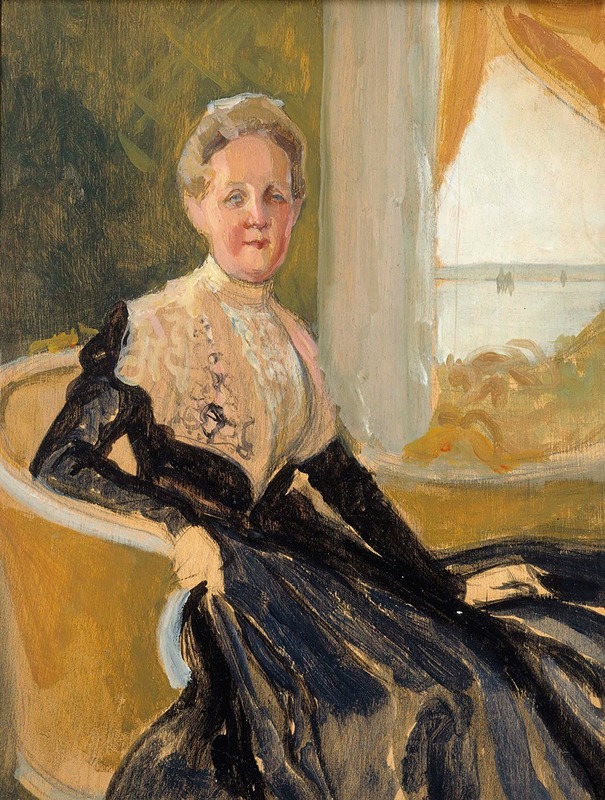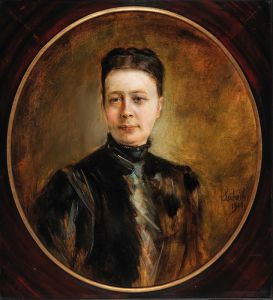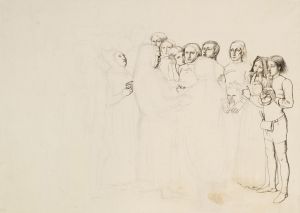
Portrait Of Countess Elisabeth Wachtmaister, Compositional Sketch
A hand-painted replica of Albert Edelfelt’s masterpiece Portrait Of Countess Elisabeth Wachtmaister, Compositional Sketch, meticulously crafted by professional artists to capture the true essence of the original. Each piece is created with museum-quality canvas and rare mineral pigments, carefully painted by experienced artists with delicate brushstrokes and rich, layered colors to perfectly recreate the texture of the original artwork. Unlike machine-printed reproductions, this hand-painted version brings the painting to life, infused with the artist’s emotions and skill in every stroke. Whether for personal collection or home decoration, it instantly elevates the artistic atmosphere of any space.
Albert Edelfelt was a renowned Finnish painter known for his realistic and detailed portraits, as well as his contributions to the development of Finnish art in the late 19th and early 20th centuries. One of his works, "Portrait of Countess Elisabeth Wachtmeister, Compositional Sketch," showcases his skill in capturing the essence and character of his subjects.
Albert Edelfelt was born on July 21, 1854, in Porvoo, Finland, and he studied art in Helsinki, Antwerp, and Paris. His time in Paris was particularly influential, as he became part of the vibrant art scene and was exposed to various artistic movements, including realism and impressionism. Edelfelt's ability to blend these influences with his own style made him a prominent figure in both Finnish and European art circles.
The subject of this particular sketch, Countess Elisabeth Wachtmeister, belonged to the Swedish nobility. The Wachtmeister family has a long history, with roots tracing back to the Swedish Empire. While specific details about Countess Elisabeth Wachtmeister's life are not widely documented, her inclusion in Edelfelt's body of work suggests she was a person of some significance, at least within her social circle.
Edelfelt was known for his ability to capture the personality and status of his subjects through his portraits. His compositional sketches often served as preparatory works for more detailed paintings. These sketches allowed him to experiment with composition, lighting, and the overall mood of the piece before committing to the final version. In the case of "Portrait of Countess Elisabeth Wachtmeister, Compositional Sketch," Edelfelt likely used this process to explore how best to represent the countess's character and social standing.
The sketch itself would have been executed with a focus on the essential elements of the portrait, such as the pose, facial expression, and attire of the countess. Edelfelt's sketches are noted for their fluidity and expressiveness, capturing the spontaneity of the moment while laying the groundwork for a more polished piece. His ability to convey the subtleties of his subjects' personalities is evident even in these preliminary works.
Albert Edelfelt's portraits, including his sketches, are celebrated for their attention to detail and the way they reflect the cultural and social contexts of the time. His work provides valuable insights into the lives of the European elite during the late 19th century, as well as the artistic trends that were prevalent during his career.
While the "Portrait of Countess Elisabeth Wachtmeister, Compositional Sketch" may not be as widely recognized as some of Edelfelt's other works, it remains an important example of his artistic process and his ability to capture the essence of his subjects. Through his portraits, Edelfelt not only documented the appearances of his subjects but also offered a glimpse into their personalities and the world they inhabited.


















